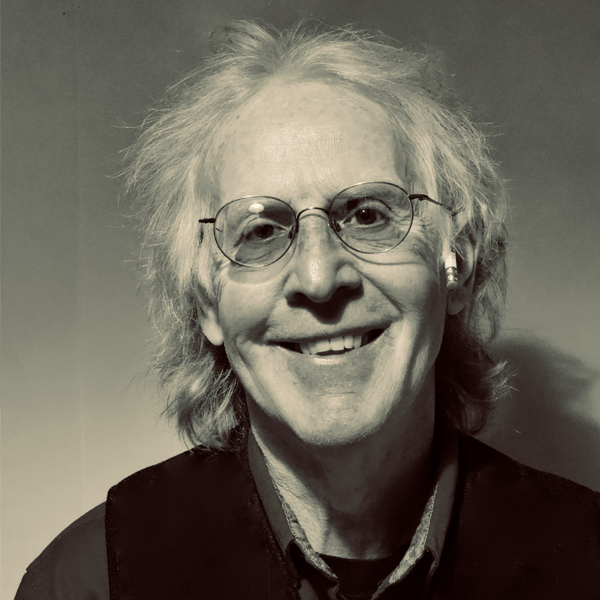
Ken Carder talks about being invited to work with Harvey Littleton.
03:00Ken Carder talks about being invited to work with Harvey Littleton. Oral history interview with Ken Carder by Barb Elam, conducted via telephone, September 6, 2019, Bard Graduate Center. Clip length: 03:00.
Ken Carder: I went to school as an art student and didn’t get involved with glass until after I’d been in school on and off for a few years, and when I got interested in glass I had an opportunity actually to come down and work for Billy and Katie Bernstein—William and Katherine Bernstein for a summer kind of thing. So I left Bowling Green, Ohio and it came down to work for Billy and Katie as a apprentice, I guess you’d call it, and I worked there for three or four months, and before I was going to return back to Ohio, we went to Harvey’s studio to do cold working, because at the time a lot of the small studios, independent studios, around that part of North Carolina didn’t have really good cold shops for cutting and grinding. Everybody could blow glass but they didn’t have very good facilities for cutting and polishing and things. So a lot of people would go up to Harvey’s. Harvey was generous enough to let people come into his studio and use their cold shops. So Billy and I drove up about a half hour drive or so from where they lived over by Celo Lake [North Carolina]. We came up to Harvey’s studio to cold work and Harvey was was was in a ruckus about me wanting to get find a printmaker because his printmaker—he just started this process of printing off of glass plates was going to be leaving, and Billy introduced me and my last name is Carder, C-R-D-R, and Harvey got a big kick out of that because Frederick Carder was the gentleman that started Steuben and I think Harvey actually probably knew Fredrick Carder when Harvey was quite young. And he wanted to know what I knew about printmaking and I’d taken a couple printmaking classes, and I had done a lot of drawing so I knew a little bit about paper, so he hired me as a printmaker and this was huge because I had just gotten introduced to glass basically not much more than a year before, and I was really really interested to it and things, so the next thing I know I’m—you know, hired to work for Harvey Littleton, and I hadn’t even finish my undergrad degree and had only about a year or so experiencing glass—maybe just a little over a year, and then the next thing I know I’m in North Carolina working at Harvey’s studio and the printmaker ended up not leaving, so—her name was Sandy, Sandy Wilcox. She stayed and Harvey didn’t need two printmakers, so he put me in cold shop and then eventually into the hot shop, and I had some carpentry skills so I ended up being involved with building a new print studio, and that was this huge door that opened for me, because all of a sudden I’m working in Harvey’s studio and there’s these fantastic international visiting artists coming by to work and do prints and being in the hot shop, and it was close to proximity to Penland and there was a community of glass artists that were former residents at Penland: Mark Peiser and Katie and Billy Bernstein and Rob Levin and Steve Edwards and Harvey’s son John [Littleton] and daughter-in-law Kate [Vogel], you know, were in the area.